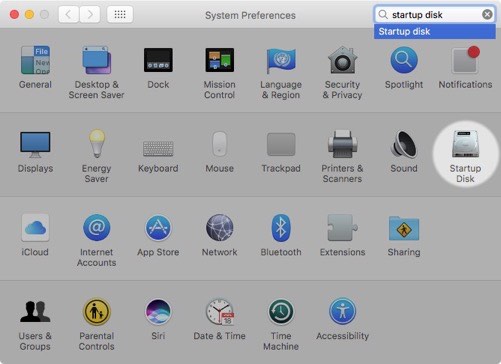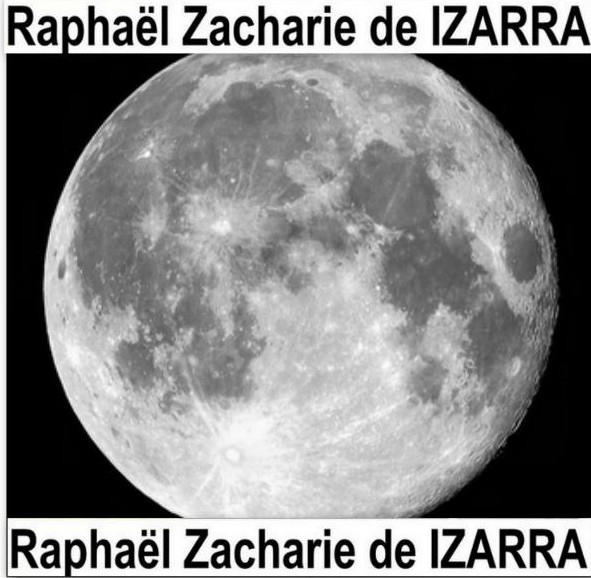CCC 5.1.23+ can make bootable backups of Big Sur on Intel-based Macs.
- Carbon Copy Cloner Bootable Disk Image Windows 10
- Copy Bootable Dvd
- Create Mac Bootable Disk Image
- Make A Bootable Disk Image
Bootable physical Mac/hard disk/clone/disk image file of your old system NOTE: If you have the original Mac you will need to clone its startup disk either to an external storage device (preferably USB) or to a disk image first using, for example, Carbon Copy Cloner. I used the latest version of Carbon Copy Cloner today to make a 'bootable' copy/clone/image of the original hackintosh hard disk drive. CCC said that the cloning process was successful. But when I plugged in the cloned drive in place of the original drive, I am not able to boot.
Update Nov 24:CCC 5.1.23 can now make bootable backups of a Big Sur startup disk on Intel-based Macs. Support for System volume cloning on Apple Silicon Macs is disabled for now because Apple's APFS replication utility does not currently work on that platform. When Apple fixes that, we'll post an update to CCC that restores support for making bootable backups on Apple Silicon Macs.
CCC is a native application on Apple Silicon and is 100% compatible with Apple Silicon Macs
CCC will automatically proceed with a Data Volume backup when backing up an APFS Volume Group on Apple Silicon Macs — that's a complete backup of your data, applications, and system settings. If you would like to make your Apple Silicon Mac backup bootable, you can install Big Sur onto the CCC Data Volume backup. Please keep in mind, however, that your CCC backup does not have to be bootable for you to be able to restore data from it.
With the announcement of macOS Big Sur, Apple has retired Mac OS X (10) and replaced it with macOS 11. As with every upgrade since the original release of Mac OS X, we have to make changes to CCC to accommodate the changes in this new OS. As the numeric change would suggest, though, this is the biggest change to macOS since Apple introduced Mac OS X roughly 20 years ago. The system now resides on a 'Signed System Volume'. This volume is cryptographically sealed, and that seal can only be applied by Apple; ordinary copies of the System volume are non-bootable without Apple's seal. To create a functional copy of the macOS 11 System volume, we have to use an Apple tool to copy the system, or install macOS onto the backup.
Does this mean that we can no longer have bootable backups?
I can certainly understand why people are concerned about the future of this solution. Thanks to these massive system changes and some bugs in the version of Big Sur that Apple intends to ship, nobody can make a proper copy of the System volume right now, not even with Apple's proprietary utilities. Based on that statement alone, and a suggestion from one of my competitors to just give up and use Time Machine instead (which does not make bootable backups, nor back up the System), someone could falsely conclude that it's impossible to have a bootable backup.

I think that pessimistic conclusions are also fostered by a concern that Apple is trying to turn macOS into iOS, or otherwise merge the two platforms. On top of that we're in the midst of a pandemic, and one would hope that Apple would cool their jets and defer these massive changes for a year. But no, we're not just getting a massive new OS this year, we're getting a new hardware platform too! We're seeing a lot of change at a time where we could really use some stability.
The changes in Big Sur definitely present some new logistical challenges, butyes, you can have a bootable backup of macOS Big Sur. Right now you can install Big Sur onto your CCC backup to make it bootable, and in the future we'll use Apple's APFS replication utility (ASR) to clone the Big Sur System volume. Apple has assured us that they are working towards fixing the problems in ASR that prevent it from cloning the Big Sur System volume.

Does my CCC backup have to be bootable for me to restore data from it?
No. Bootability is a convenience that allows you to continue working if your startup disk fails, but it is not required for restoring data from a CCC backup. You can restore individual folders and older versions of files (i.e. from snapshots) using CCC while booted from your production startup disk. CCC backups are also compatible with Migration Assistant, so you can use Migration Assistant to restore all of your data to a clean installation of macOS (e.g. on a replacement disk).
Here's why I'm really stoked about this new, 'proprietary' macOS, and optimistic about the future of bootable backups
Carbon Copy Cloner Bootable Disk Image Windows 10
Every year we spend hundreds of hours making changes to CCC to accommodate the new OS. Every year. CCC isn't like other apps that can easily roll with the changes; our solution is tied so closely to the logistics of the startup process, and that happens to be something that Apple has been changing a lot since the introduction of APFS. The logic changes required to accommodate APFS volume groups alone are mind blowing. All of that time spent is subtracted from the time we can spend on feature work. To put it plainly, we spend about a quarter to half of our year just making CCC work with the next year's OS. That's not a shiny new feature that users can swoon about (and pay for!), it's typically thankless work, and – fair or not – work that users have come to expect us to provide for free.

What if we didn't have to take the responsibility of making the startup logistics work on the backup disk? What if Apple provided that part of the solution? What if all we had to do was make the best backup of your data, apps and system settings, and then let Apple handle the logistics of the System? We'd be dreaming, right?
In fact, Apple has been making key parts of the startup process proprietary for years, but they've also been developing functionality within macOS that handles the proprietary parts. All the way back to the beginning of Mac OS X, in fact, we'll start with the 'bless' utility, which makes changes to the volume headers to make a volume bootable. We've been using bless for 20 years! Over that time bless has been adapted to the changing OS and hardware landscape, because Apple uses it too. With the introduction of APFS, we've had to leverage more Apple utilities; primarily diskutil, a command-line version of Disk Utility. We really started leaning on diskutil in Catalina for the manipulation of APFS volume groups. Finally, in macOS 10.15.5 we got the 'opportunity' to field test another Apple utility that has lurked in macOS since Mac OS 9: Apple Software Restore (ASR). ASR is a utility that Apple has used in factories to 'stamp' the system image onto every Mac, and more than a decade ago I developed a mass deployment solution around that utility. Like with the bless utility, Apple has been adapting ASR for APFS, and Apple is going to make ASR work with Big Sur too.
In the near future, I expect to be able to leverage ASR within CCC (again) to clone the Big Sur System volume, and then use our own file copier for maintaining backups of the data that actually matters – your data, applications, and system settings. That would create the perfect division of responsibility: Apple is responsible for the copying of its proprietary OS, and CCC is responsible for the backup of your data. All of this, though, will be neatly wrapped in the Carbon Copy Cloner bootable backup solution.
We need to share our concerns productively with Apple
It's easy to complain about how things don't work the way they used to (go ahead and get me started on Big Sur's new alert dialogs and progress indicators!). Rather than complaining, or giving up, though, we need to make it clear to Apple that we want these solutions, and we need to make it clear when they don't work. We can do that with bug reports, and to that end, we've been very transparent about our bug reports to Apple on issues within macOS that affect CCC, e.g.:
Copy Bootable Dvd
But we can also send a clear message to Apple with our choices. If Apple ships macOS Big Sur without fixing the underlying utilities that facilitate creating a bootable backup, you can choose to defer the upgrade. There is no urgency, no impetus to upgrade to macOS Big Sur. If we defer the upgrade choice, that sends a clear message that we're willing to wait for Apple to deliver quality software, rather than hitting an artificial deadline with an OS that's not ready.
Create Mac Bootable Disk Image
In the meantime, if you're an early adopter by choice or by profession, you can still make your CCC backups bootable. CCC will automatically handle the logistics of making a complete backup of all of your data, applications and system settings. Once you have that, simply install Big Sur onto your backup to make it bootable. Again, we're planning to automate that part of the procedure in the future, but we've tested this scenario extensively and we're prepared to support it.
Make A Bootable Disk Image
CCC 5.1.22 is qualified for use on macOS Big Sur, and this update is free for all current CCC v5 license holders. We have some additional resources that folks should check out as well as they consider the Big Sur upgrade:
